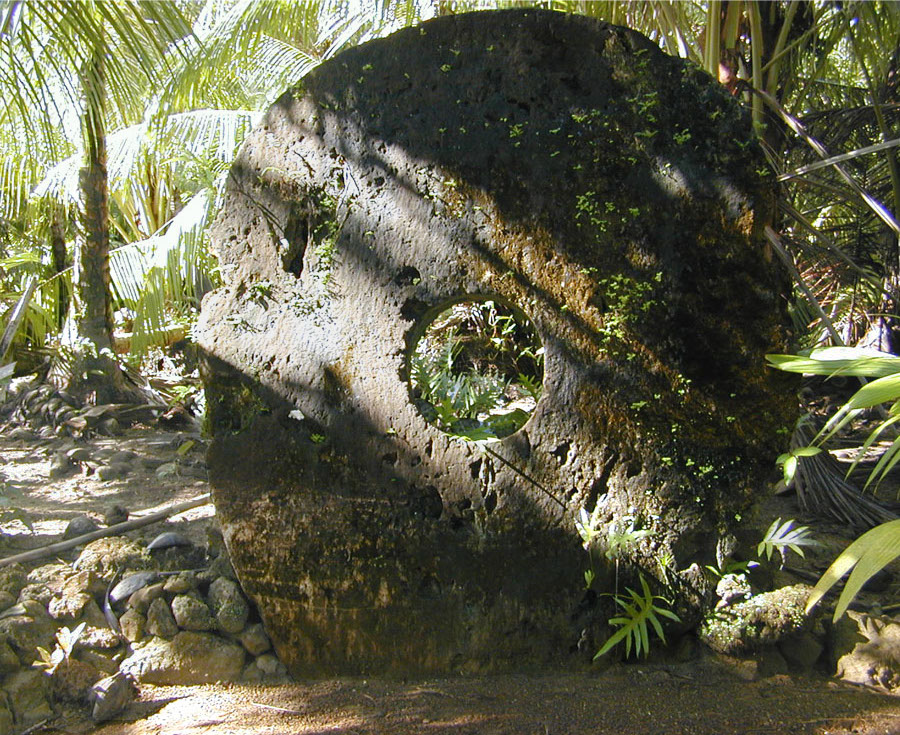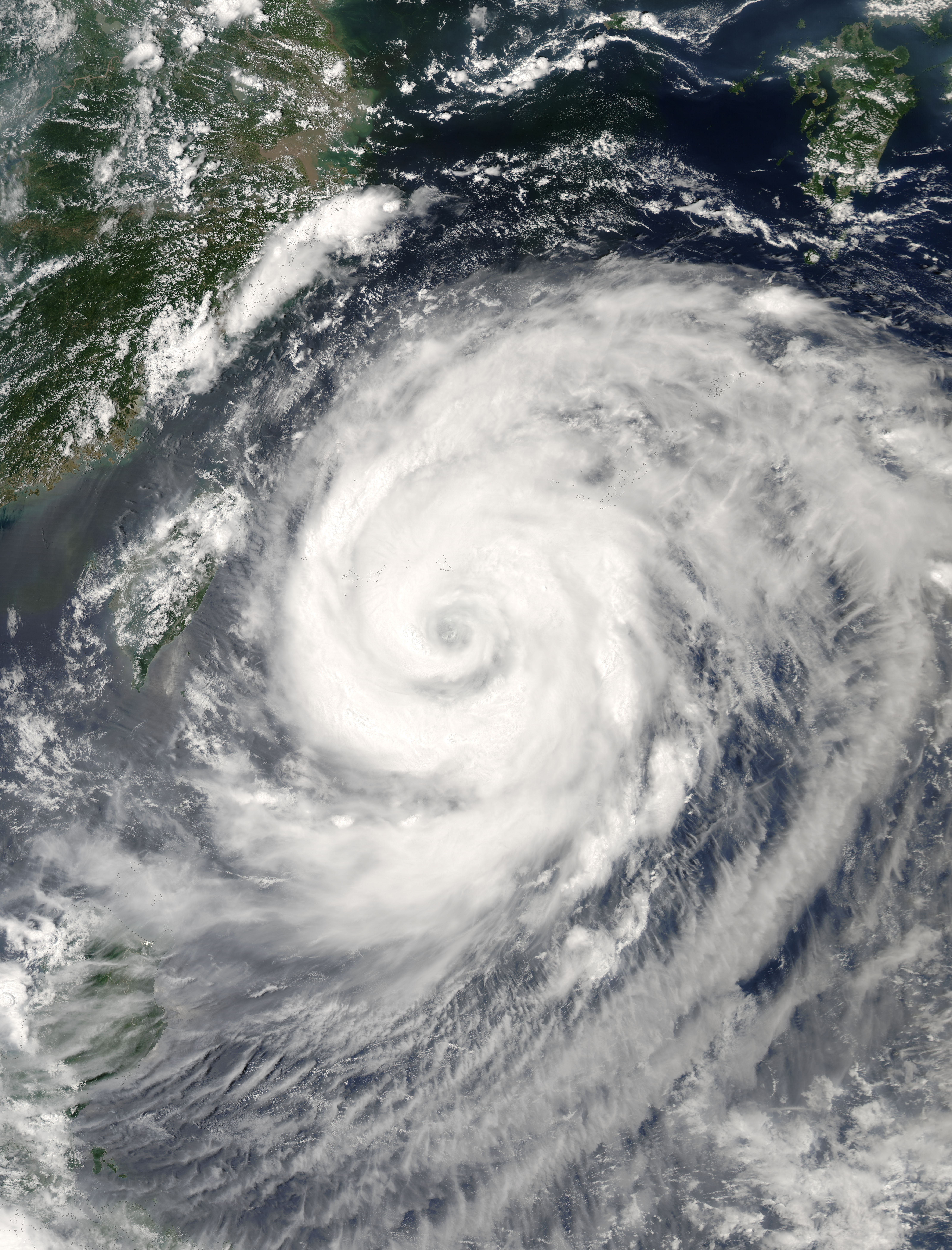|
List Of Storms Named Rai
The name Rai has been used for two tropical cyclones in the western north Pacific Ocean. The name was contributed by Micronesia where large carved artifacts called Rai stones are a national symbol. It replaced Fanapi after the 2010 storm, which replaced Rananim after the 2004 storm. * Tropical Storm Rai (2016) Tropical Storm Rai was a weak and short-lived tropical cyclone which affected Indochina in September 2016. Formed from a tropical disturbance on September 11, the system developed into a tropical storm (on the JTWC scale) and reached its peak int ... (T1615, 19W) – a short-lived storm that made landfall on Indochina. * Typhoon Rai (2021) (T2122, 28W, Odette) – a powerful Category 5-equivalent super typhoon that caused severe and widespread damage in the Southern and Central Philippines. In 2023, the name ''Rai'' was announced to be retired and will no longer be used. In 2024, it was replaced by ''Sarbul'', which is a Yapese word for tradewind. References {{DEFAU ... [...More Info...] [...Related Items...] OR: [Wikipedia] [Google] [Baidu] |
Tropical Cyclone
A tropical cyclone is a rapidly rotating storm system characterized by a low-pressure center, a closed low-level atmospheric circulation, strong winds, and a spiral arrangement of thunderstorms that produce heavy rain and squalls. Depending on its location and strength, a tropical cyclone is referred to by different names, including hurricane (), typhoon (), tropical storm, cyclonic storm, tropical depression, or simply cyclone. A hurricane is a strong tropical cyclone that occurs in the Atlantic Ocean or northeastern Pacific Ocean, and a typhoon occurs in the northwestern Pacific Ocean. In the Indian Ocean, South Pacific, or (rarely) South Atlantic, comparable storms are referred to simply as "tropical cyclones", and such storms in the Indian Ocean can also be called "severe cyclonic storms". "Tropical" refers to the geographical origin of these systems, which form almost exclusively over tropical seas. "Cyclone" refers to their winds moving in a circle, whirling round ... [...More Info...] [...Related Items...] OR: [Wikipedia] [Google] [Baidu] |
Micronesia
Micronesia (, ) is a subregion of Oceania, consisting of about 2,000 small islands in the western Pacific Ocean. It has a close shared cultural history with three other island regions: the Philippines to the west, Polynesia to the east, and Melanesia to the south—as well as with the wider community of Austronesian peoples. The region has a tropical marine climate and is part of the Oceanian realm. It includes four main archipelagos—the Caroline Islands, the Gilbert Islands, the Mariana Islands, and the Marshall Islands—as well as numerous islands that are not part of any archipelago. Political control of areas within Micronesia varies depending on the island, and is distributed among six sovereign nations. Some of the Caroline Islands are part of the Republic of Palau and some are part of the Federated States of Micronesia (often shortened to "FSM" or "Micronesia"—not to be confused with the identical name for the overall region). The Gilbert Islands (along with the ... [...More Info...] [...Related Items...] OR: [Wikipedia] [Google] [Baidu] |
Rai Stones
A rai stone ( yap, raay), or fei stone, is one of many large artifacts that were manufactured and treasured by the native inhabitants of the Yap islands in Micronesia. They are also known as Yapese stone money or similar names. The typical rai stone is carved out of crystalline limestone and is shaped as a disk with a hole in the center. The smallest may be in diameter. The largest extant stone is located on Rumung island, near the Riy village; it is in diameter and thick, and weighs . Rai stones were quarried on several of the Micronesian islands, mainly Palau, but briefly on Guam as well. The practice stopped in the early 20th century. Today there are around 6,000 large rai stones outstanding in the island, and several can be seen in museums around the world. The stones were highly valued by the Yapese, and used for important ceremonial gifts. The ownership of a large stone, which would be too difficult to move, was established by its history as recorded in oral tradit ... [...More Info...] [...Related Items...] OR: [Wikipedia] [Google] [Baidu] |
Typhoon Fanapi
Typhoon Fanapi, known in the Philippines as Typhoon Inday, was a damaging and deadly typhoon that struck Taiwan and southeastern China in September 2010. It was the eleventh tropical storm and fourth typhoon of the very inactive season. The storm formed on September 14 east of the Philippines and moved slowly for several days, initially to the northwest, then curving to the northeast before turning westward due to a ridge to the north. During this time, Fanapi intensified to reach 10 minute maximum sustained winds of . Fanapi made its first landfall on September 19 over Hualien, Taiwan, becoming the first typhoon to hit the island since Typhoon Morakot in August 2009. Later that day made a final landfall in Fujian, China. The storm dissipated on September 21 over southern China. The typhoon first affected southern Japan, bringing rainfall to the outer Miyako Islands. However, impacts were worst in Taiwan and mainland China. In southern Taiwan, Fanapi dropped h ... [...More Info...] [...Related Items...] OR: [Wikipedia] [Google] [Baidu] |
Typhoon Rananim
Typhoon Rananim, known in the Philippines as Typhoon Karen, was the strongest typhoon to make landfall on the Chinese province of Zhejiang since 1956. It formed on August 6, 2004, intensifying into a tropical storm on August 8. Rananim gradually intensified, initially moving northward before turning to the northwest and attaining typhoon status. After developing a small eye, the typhoon attained peak winds of 150 km/h (90 mph) as it passed between Taiwan and Okinawa. On August 12, Rananim moved ashore in China, and it dissipated three days later. The name Rananim means "hello" in the Chuukese language. Impact outside of China was minimal and largely limited to heavy rains, although one death was reported in Taiwan. In the country, strong winds and heavy rainfall left heavy damage near the coast, as well as to farms further inland. Rananim destroyed 64,300 houses and damaged another 125,000. The typhoon affected 75 counties, affecting 18 mill ... [...More Info...] [...Related Items...] OR: [Wikipedia] [Google] [Baidu] |
Tropical Storm Rai (2016)
Tropical Storm Rai was a weak and short-lived tropical cyclone which affected Indochina in September 2016. Formed from a tropical disturbance on September 11, the system developed into a tropical storm (on the JTWC scale) and reached its peak intensity on September 12, before making landfall in Vietnam and affecting Laos, Thailand and Cambodia. In Vietnam total damage reached US$73.96 million. Meteorological history During September 11, the Japan Meteorological Agency started to monitor a tropical depression, that had developed within an unfavourable environment for further development, about to the northeast of Ho Chi Minh City, Vietnam. The system had a broad low level circulation centre, with unorganized deep convection located along the southern edge of the system. During that day the system gradually developed further, before the Joint Typhoon Warning centre initiated advisories and classified it as Tropical depression 19W during the next day. By the next day, the JTWC ... [...More Info...] [...Related Items...] OR: [Wikipedia] [Google] [Baidu] |
Typhoon Rai
Typhoon Rai, known in the Philippines as Super Typhoon Odette, was the second costliest typhoon in Philippine history behind Typhoon Haiyan in 2013. Rai was a powerful rare tropical cyclone that struck the Philippines in December 2021. Rai became the first Category 5-equivalent super typhoon to develop in the month of December since Nock-ten in 2016, and the third Category 5 super typhoon recorded in the South China Sea, following Pamela in 1954 and Rammasun in 2014. The 22nd tropical storm, the ninth typhoon, and the fifth super typhoon of the 2021 Pacific typhoon season, the system originated from a tropical disturbance near the equator on December 10, forming near the site of another low-pressure area that had dissipated on the previous day. Conditions around the system were favorable for further development, and it slowly developed into a tropical depression on December 12. On the same day, the United States Joint Typhoon Warning Center (JTWC) issued a Tropical Cyclone Fo ... [...More Info...] [...Related Items...] OR: [Wikipedia] [Google] [Baidu] |
Yapese Language
Yapese is a language spoken by the people on the island of Yap (Federated States of Micronesia). It belongs to the Austronesian languages, more specifically to the Oceanic branch of that family. It has been difficult to classify it further, but Yapese may prove to be one of the Admiralty Islands languages. Orthography Written Yapese uses Latin script. In Yapese spelling as practiced until the 1970s, the glottal stop was not written with an explicit character. A word-final glottal stop was represented by doubling the final vowel letter. Glottalization of consonants was represented with an apostrophe. In the 1970s an orthography was created which uses double vowel letters to represent long vowels; and because of the ambiguity that would occur if the glottal stop was not written, the glottal stop was written with the letter ''q''. This new orthography using the letter ''q'' is not in universal use, but many works and maps about Yap write place names using the new q-orthography. ... [...More Info...] [...Related Items...] OR: [Wikipedia] [Google] [Baidu] |


